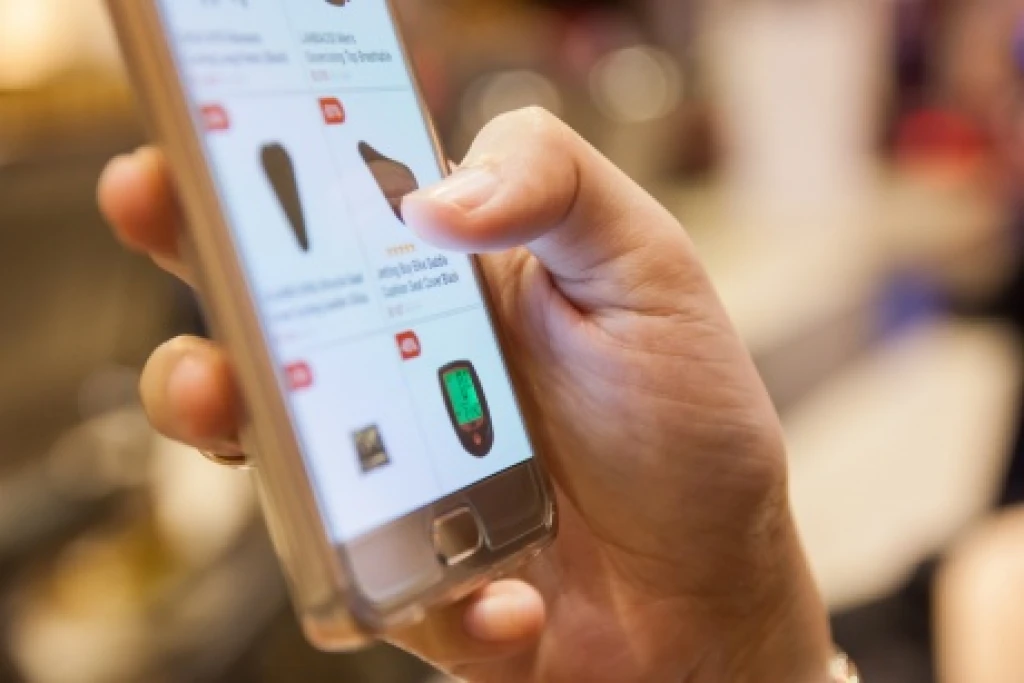Cross-selling: 10 ways to sell more to your customer
HOME / / Cross-selling: 10 ways to sell more to your customer
Cross-selling: 10 ways to sell more to your customer
Important note: cross-selling isn't about manipulating customers.
Completely the opposite, actually, it's most effective when you stick to extra items the customer would have a genuine interest in anyway - items that are well-connected to their original choice.
Step over that almost invisible line and you'll look pushy and transparent. But if you stay safely within the boundaries of relevance and restraint, customers actually appreciate a nice spot of cross-selling. It makes their life easier, after all.
So here are the 10 best ways to do it.
1. Get prepared - then ask!
Make sure you've built a range of products that complement each other. So if you sell antique furniture, get some good quality wood polish in stock ready for a last-minute cross-sell.
Travel sites are masters of this on a larger scale - if you search for a flight, they offer you hotels, travel insurance and car rental.
Then it really is as simple as just remembering to ask customers whether they want the extra item.
Tip: Make it easy for your customers
Your cross-sell item should be cheaper than the original product, and something that only takes a quick buying decision.
The more complex the product and the way you need to explain it, the more difficult your sell will be.
Make sure staff are familiar with all your products and that they know which go hand-in-hand, and teach them how to master the technique too.

2. Position wisely
Learn from supermarkets and newsagents all over the world - there's a reason they always have gum, chocolate bars and magazines by the check-out.
Placing a cheap impulse item where people queue is enough in itself to prompt a purchase.
Aim to use the cheapest items most likely to complement your best-selling products. To mimic this effect on your website, see the next point.
3. Gear up your website
The great thing about cross-selling online is that you have so much data to work from. You can even automate your opportunities, using data on what other buyers have bought (more on which in the point below).
If that's out of your budget, just showcase your products with common sense - if someone searches for 'tomato seeds', offer a seedling tray and cellophane cover alongside.
Tip: Make your data work for you
Use the 'site overlay' function on Google Analytics to see which products work best together (according to how customers click from one to the other).
And use your sales data wisely - it reveals which products customers are already buying at the same time.
Learn more about using Data in Your Business
Make sure it's easy for buyers to find out the info they need on extra purchases without navigating away from the original.
Every page should be maximised to encourage cross-selling opportunities, though check-out is a particularly fertile one.
Good shopping carts to use on your site include osCommerce.com and X-Cart.com - they've all been designed with this technique in mind.
If you're interested in setting up e-commerce functionality on your own website, check out our article on launching your own e-commerce site.
4. 'Other people who bought this also bought...'
In 2006, Amazon reported that a whopping 35% of the year's sales came from cross-sells. Their introduction of 'Customers who bought this item also bought...' and 'Frequently bought together...' is nothing short of marketing genius.
It plays on your trust by pairing with people of the same taste. This leads neatly into a cross-sell without it seeming like Amazon recommended any item at all, thus absolving them from any whiff of a hard sell.
And it is, of course, showing you products you're likely to enjoy.
There are two options for replicating this effect on your own website:
Automate the recommendations as Amazon does (which will cost you)
Manually upload items to the relevant places on your site under the 'Also bought' heading (significantly cheaper, though more time-consuming)
Use your sales data on what items get bought together, or just semi-cheat by using common sense.
Use this technique in person by casually referring to other customers with similar tastes and what they bought recently.
5. Incentivise
Tempting offers such as 'free postage on orders more than £40' incentivise customers to just buy that little bit more.
You might also try a discount or gift e-card for orders over a certain amount, or use a reward card and double loyalty points (or similar) for a certain spend.
The techniques above and below should be used in conjunction to give customers that extra little push needed.

6. Bundle up
Meal deals - where would we be without them?
A lot slimmer and slightly richer, probably.
But they work because they bundle together products that fit naturally together at an attractive price point.
The consumer feels like they're making a saving on stuff they would possibly buy - or at least want - anyway.
Find that golden price tag that feels like a bargain buy while still earning you a tidy profit.
Then make the offer glaringly obvious to customers and place all the products included right next to each other.
7. On-product copy
If you've ever absent-mindedly read the back of a shampoo bottle in the shower (who hasn't?), you may recall that old cosmetics and beauty marketing staple: 'For best results, use in conjunction with [insert same-brand product of choice]'.
If you've got your own-branded product line, this is a no-brainer.
8. Expert recommendations
If you don't have any control over the copy on the products you sell, leverage expert opinion on which two or three products are most effective when used together.
The expert can be you if needed; you know your niche better than your customer (hopefully!), so cite that knowledge. Or use quotes from other experts and articles you've read.

Steal the idea so well implemented by small wine shops and bookshops, of hand-written cards explaining employees' favourites, but just apply the descriptions to two products rather than one.
As in: 'Julie's favourite: I've got this violet candle in my home - it smells heavenly and fresh. I like propping it on the dark wood candle-stand when I have friends over for dinner - so much quirkier looking than flowers'.
Personal touches like that never do your business any harm.
9. During the pitch
If you're pitching to a customer face-to-face, whether in the meeting room or from the cosmetics counter of a department store, you get the chance to plant your cross-sell seeds early.
In the primary stages of the pitch, as you draw out your prospect's pain points, keep mental notes on everything even as you focus your pitch around one big issue.
When you get to the close, throw those early pain points back in with products you have to fix them - with a bit of a discount thrown in for good measure, if you like.
10. Discounted second buy
The Boots favourite 'Buy two get the third free' has the same idea behind it, though the financials are more daring.
But as long as the add-on you offer is something your customer is likely to lust after a little, and the discount you offer doesn't negate your profit margin on it, it can be worth taking the hit of that slightly slimmer profit on item two, just to double your sales per transaction - particularly during slower sales periods.
It gives your customers that grabbed-a-bargain feel-good factor, too. (If they're not interested in your offer first time around, use direct mail to follow up on sales offering similar incentives to repeat buy.)
This is not dissimilar to the bundling idea, you just position it slightly differently, as you offer it to the customer as an added bonus at the end of the sell rather than them choosing the deal from the get-go.
Let us know if we can help
Team Transmit have helped thousands of entrepreneurs to "set up shop" by providing low interest loans of £500 - £25,000.
As an online seller, you might choose to use your loan to buy stock or raw materials, packaging or invest in your online branding and marketing.
If you're thinking about launching a business of your own, have a read of our Success Stories. We love telling tales of real people who've been where you are, and are now fully-fledged founders!

"We’re delighted to be the 2000th loan recipients!"
